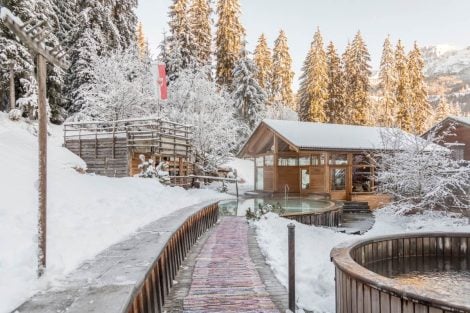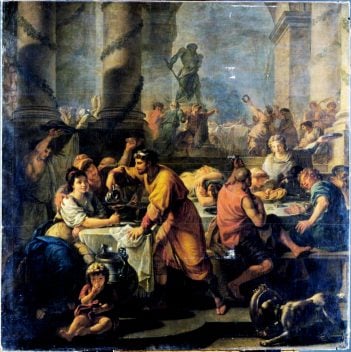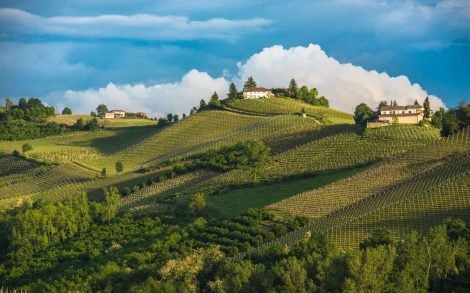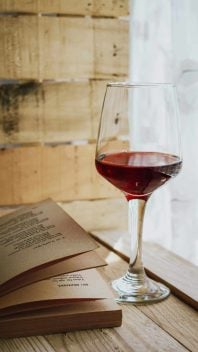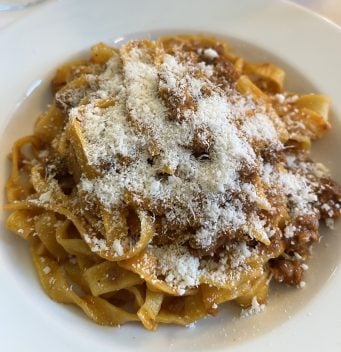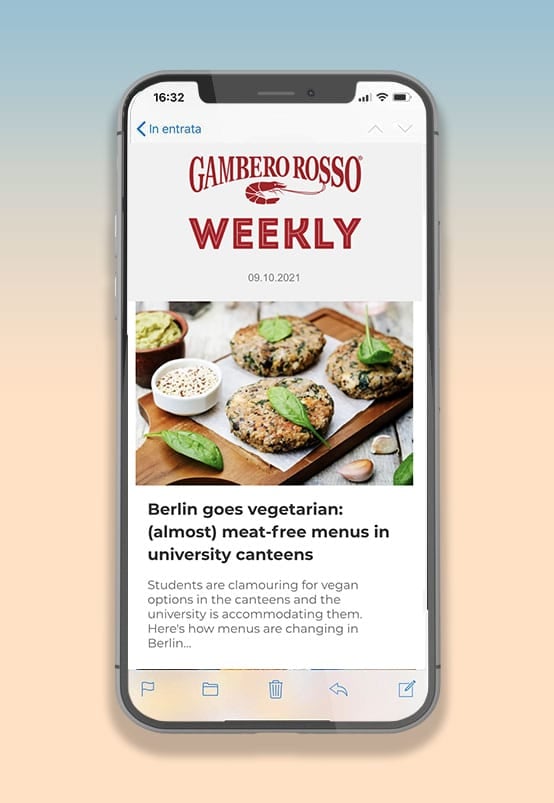A 16th-century residence of monastic elegance is the new challenge for Norbert Niederkofler, one of the most distinctive and intelligent Italian chefs – who, as he himself admits, had to learn over the years to be and to feel Italian. This is the Ansitz Heufler, the new project by Mo-Food, the company of the Lutago-born chef, starting with hospitality and inevitably leading to the table. It is a white Renaissance building (but forget the opulence of Bramante and Michelangelo), carefully restored in Rasun di Anterselva, a land of cross-country skiing, and transformed into a small hotel of charm: barrel vaults, frescoed ceilings, a beautiful stube clad in carved wood, ten rooms each conceived as a perfect refuge for the soul, minimal comforts but the greatest luxury of all – time and silence. Niederkofler wants to make this place the base camp for excursions in the Dolomites. Excursions, it should be noted, also of the gastronomic kind: his Atelier Moessmer is a quarter of an hour’s drive away, and the AlpiNN in Plan de Corones, with its dizzying view, is up there on the summit.
An inn to remember
But the Ansitz Heufler also has its own inn, and let us tell you right away that this is an address that will soon enter the GPS of gourmet travellers. Niederkofler has made it “a natural extension of the Cook the Mountain philosophy. A place where hospitality becomes a vehicle for promoting culture, identity, and authentic relationships with the territory. It is a living space, which speaks of history but also of the future, and which reflects our way of understanding respect for the environment and for local communities.” These are in fact the principles of Cook the Mountain, the philosophy/manifesto developed by Niederkofler in 2008 in the name of sustainability, respect for nature, and the promotion of the land and its traditions, which he applies in all his venues, Ansitz Heufler included.
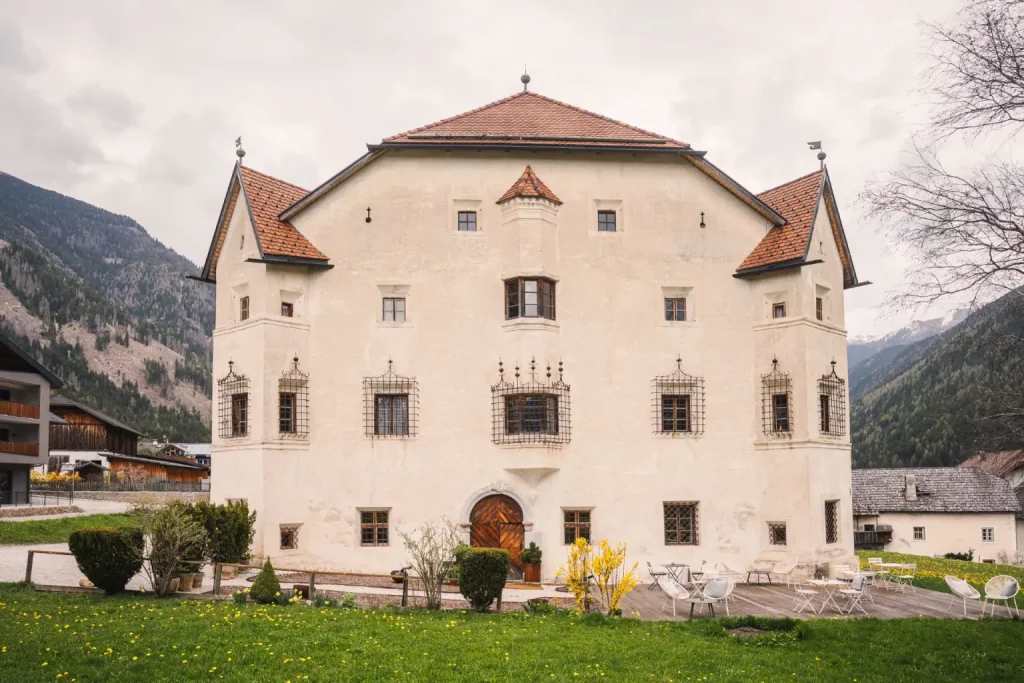
The exterior of the Ansitz Heufler
What you eat
The inn essentially revolves around the historic “Rauchkuchl”, the kitchen with an open hearth, now reinterpreted as a convivial space and lounge bar. It appears as a small mountain establishment, warm and welcoming like a hug. The cooking is far removed from the minuets of fine dining and offers exactly what one expects in a simple and comfortable place – but at the highest imaginable level, thanks to careful sourcing from local suppliers. Starters include a platter of local cured meats and cheeses with horseradish and gherkins, or a stube-style beef tartare with buttered bread. Among the first courses we tried some excellent canederli with graukäse (a typical “reclaimed” cheese) with cabbage and brown butter – a dish which, despite its generous portion, one could easily never tire of.
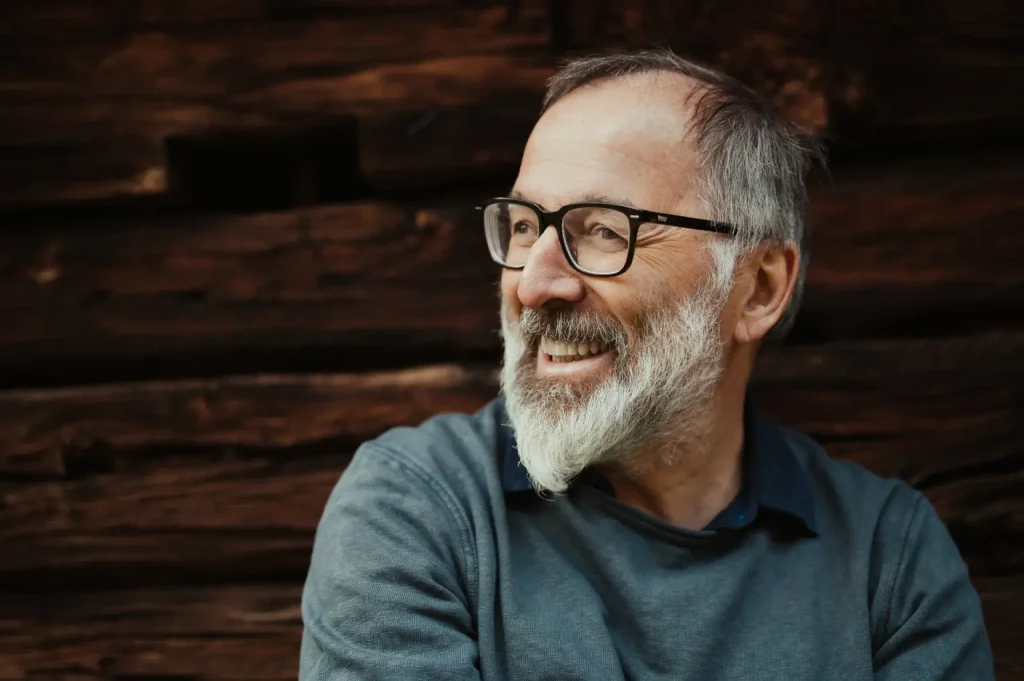
Norbert Niederkofler
Irresistible desserts
The menu also offers ricotta and spinach mezzelune served with poppy seeds or with spinach, and pappardelle with mushrooms. Among the mains, Niederkofler takes the most classic veal Milanese cutlet and dresses it in typical South Tyrolean style with the use of lingonberries. Then there are two local classics: polenta with cheese and mushrooms, and oven-roasted pork shank with farmer’s mustard and aromatic herbs. The side dishes deserve mention, with an excellent South Tyrolean potato salad with a pleasantly acidic note to counterbalance the softness of the tuber, a cabbage salad, and roasted Puster Valley potatoes. For dessert there is kaiserschmarren with raisins, rum and lingonberries, or rice pudding with poppy seeds, brown butter and apricots, or ice cream. Occasionally, there are off-menu items, such as a frankly irresistible sourdough strudel.
How much it costs
Prices are fairly accessible considering the signature; starters between €14 and €24, first courses at €16, mains between €18 and €25, sides at €5 (or €5.50), desserts between €7.50 and €10.50. In short, with a starter, a first or a main, and a dessert you spend around €40. No tasting menu – it’s not the right place (and fortunately so). The wine list is small but meaningful, with a strong focus on the local area and honest mark-ups. The by-the-glass offering is appropriate. The service is homely. In the kitchen are Matteo, Maya, and Maria, and in the dining room André, Federica, and Davide.

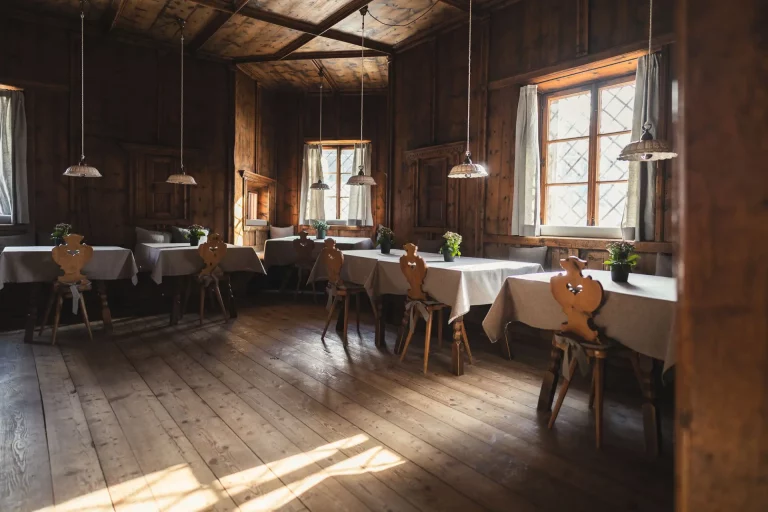
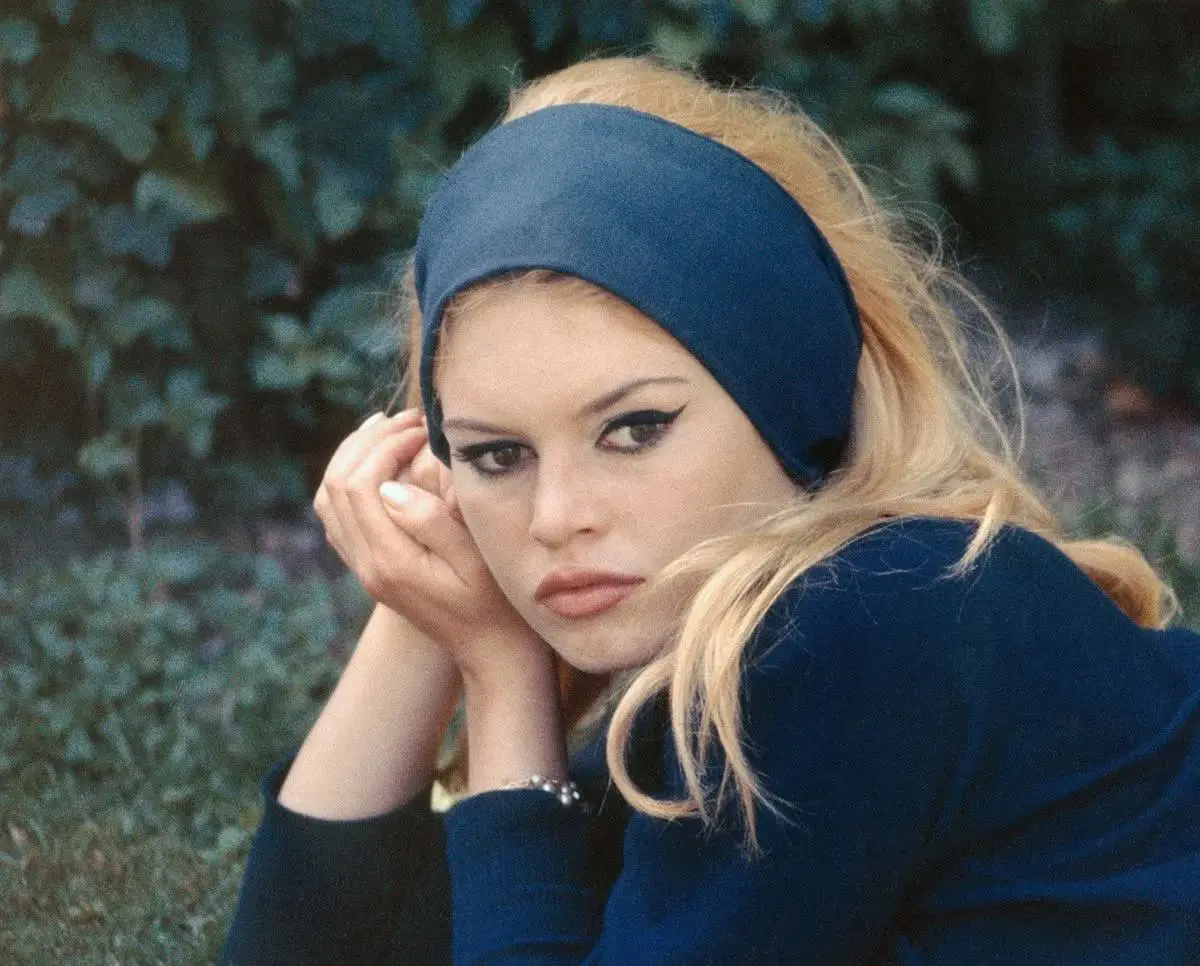 Brigitte Bardot’s final rosé: the wine that marks the end of an icon
Brigitte Bardot’s final rosé: the wine that marks the end of an icon What you need to know about Italy's new decree on dealcoholised wine
What you need to know about Italy's new decree on dealcoholised wine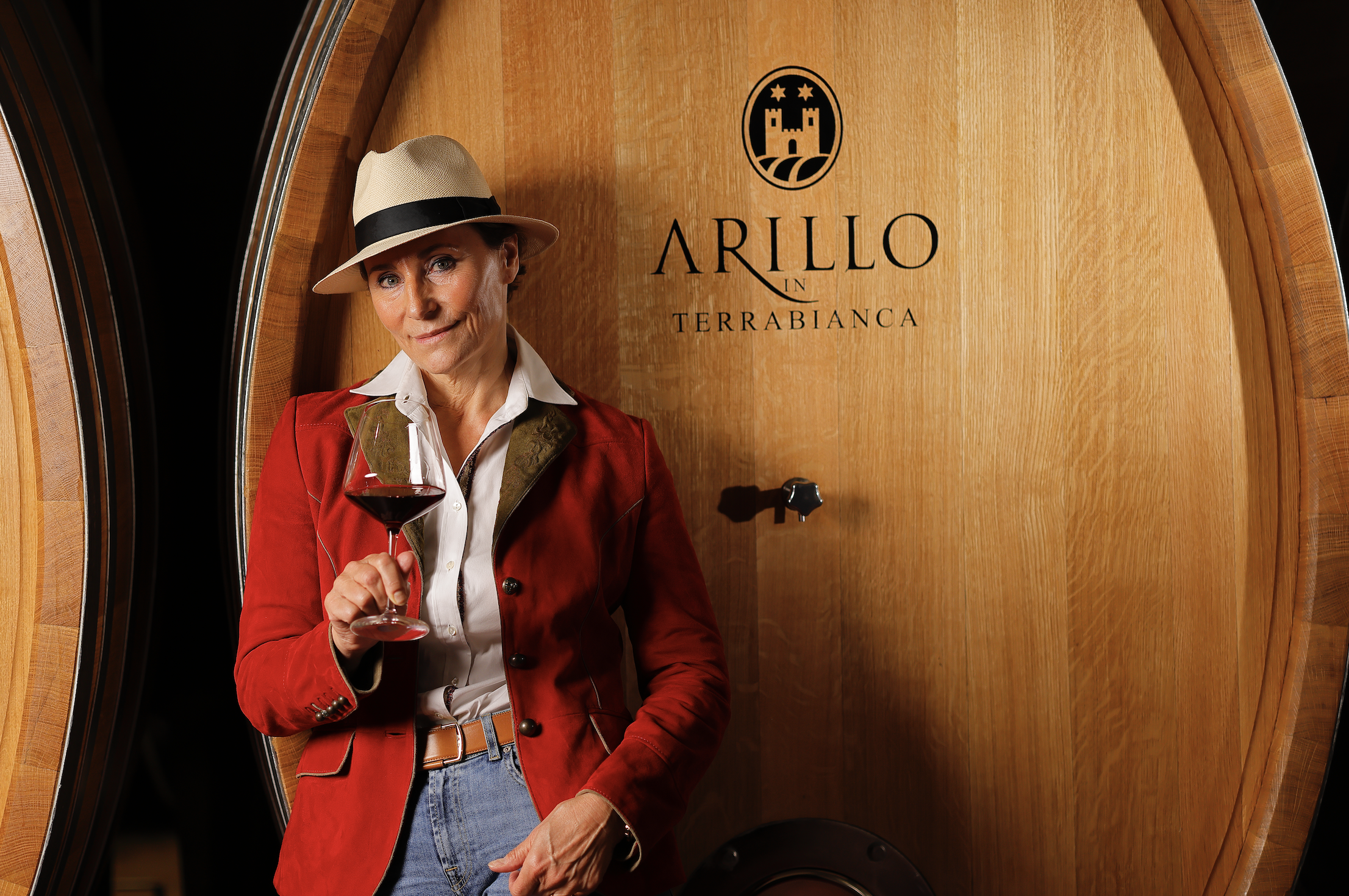 Why Arillo in Terrabianca's organic approach is paying off
Why Arillo in Terrabianca's organic approach is paying off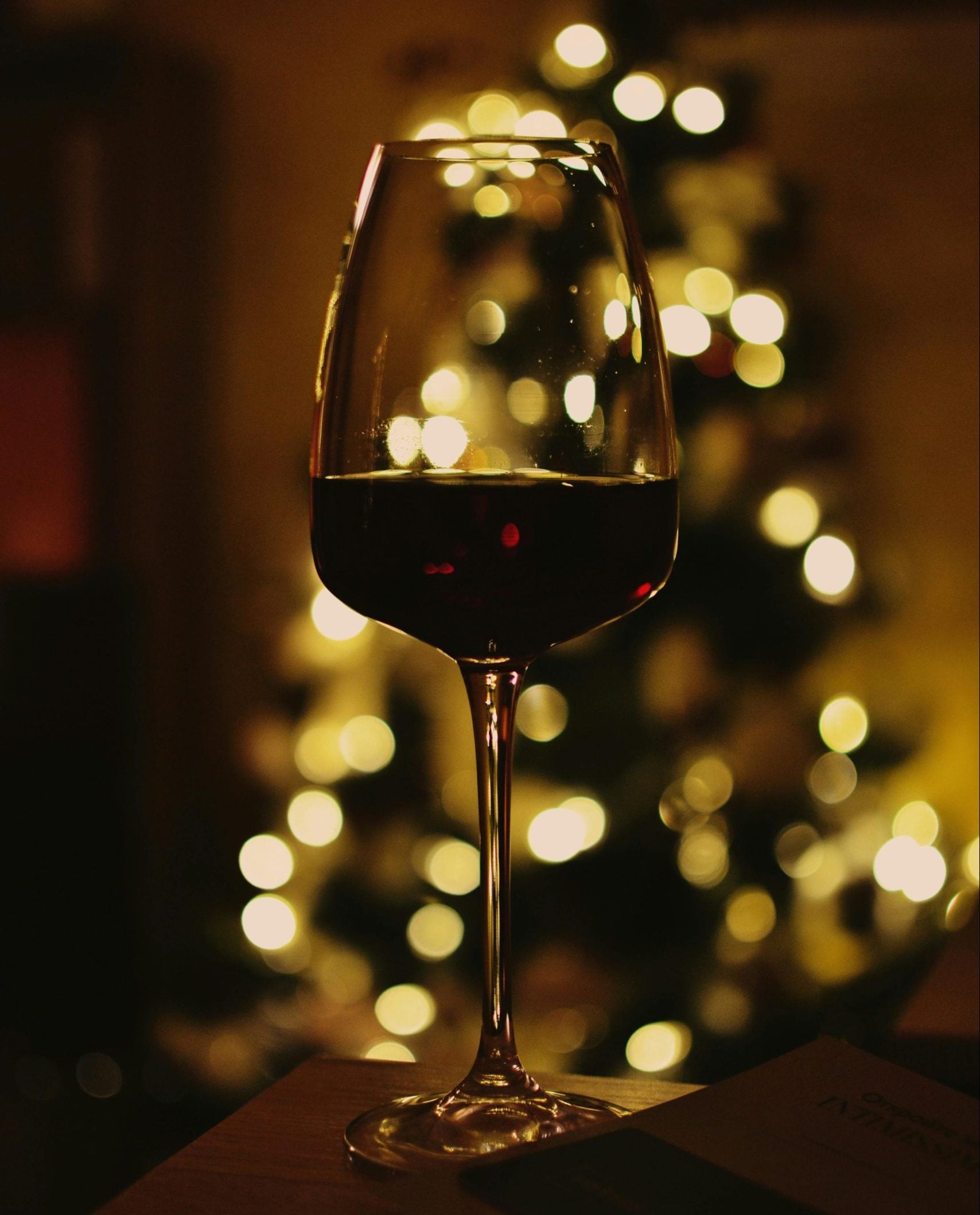 What do sommeliers drink at Christmas?
What do sommeliers drink at Christmas?